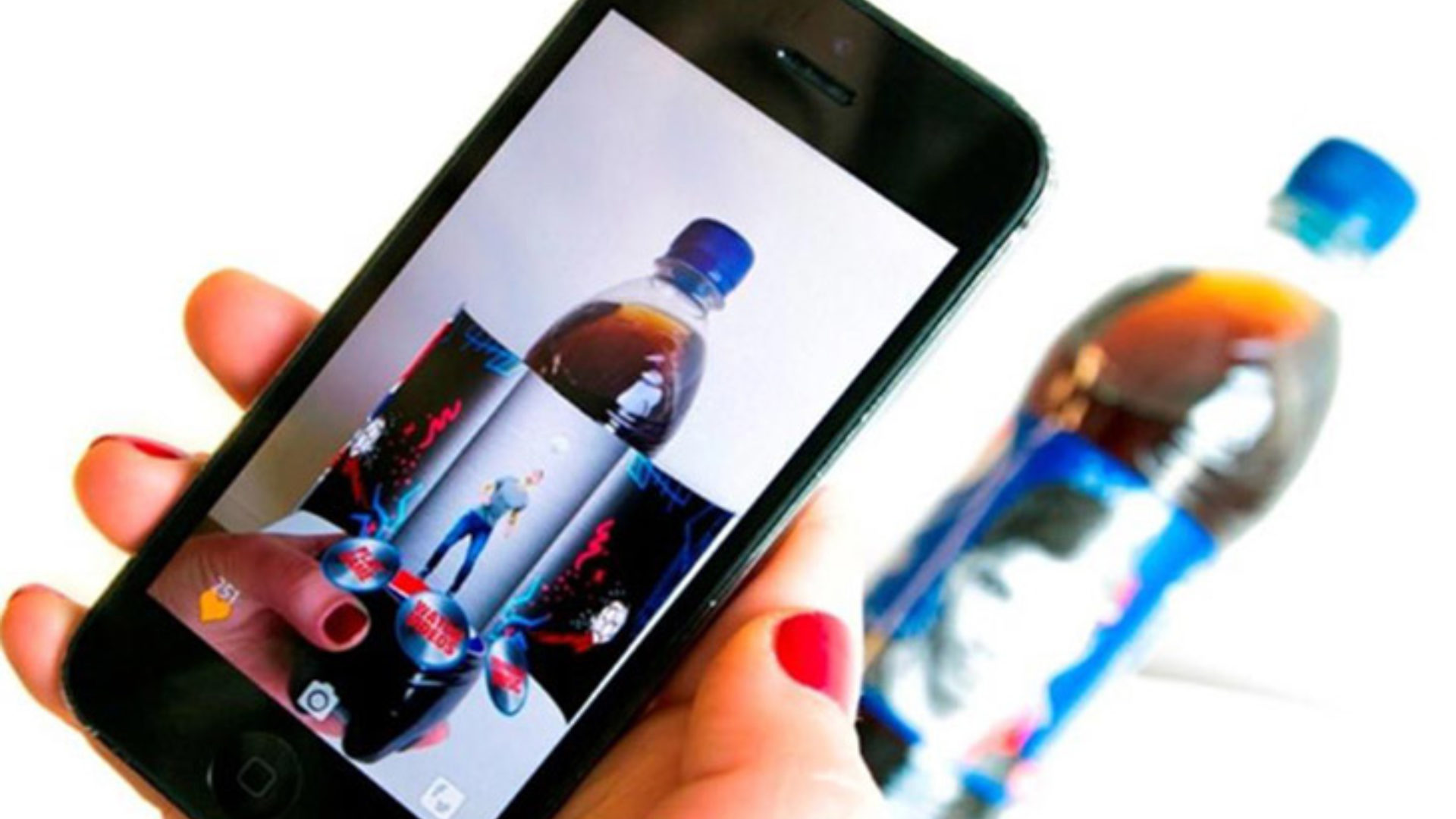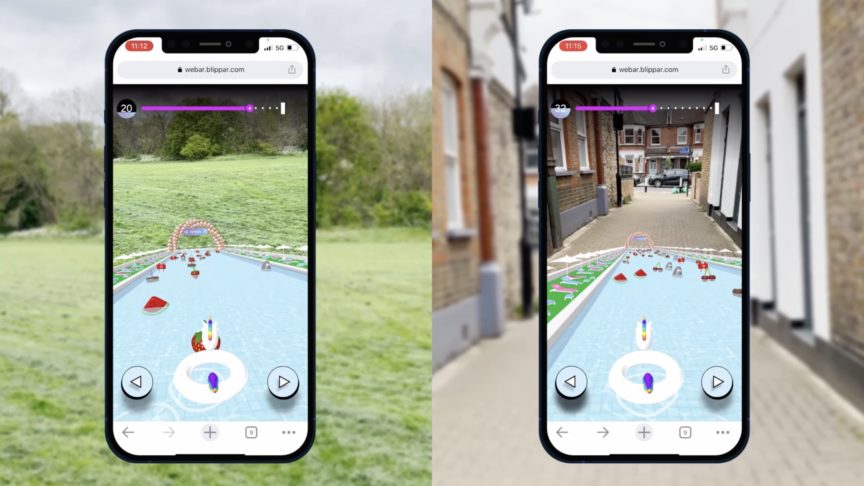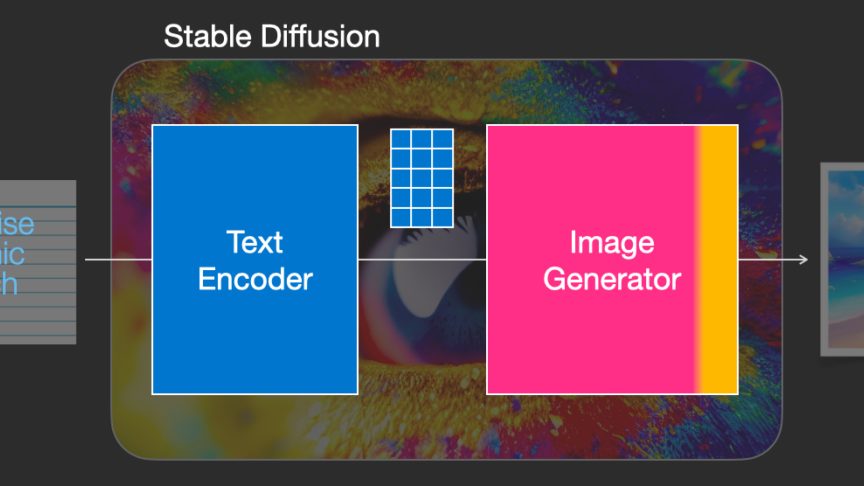Augmented Media Will Be Bigger for Brands Than the Internet
September 29, 2015
Augmented Media Will Be Bigger for Brands Than the Internet

Written by Ariff Quli, Chief Commercial Officer, AMERICAS Blippar
We are entering a new era where augmented media – the medium that allows advertisers to digitally overlay messaging and content in the real world - will be the driver of innovation and, arguably, will prove to be more transformative for brands than the Internet.
Understanding the power of augmented reality requires some understanding of how we as humans relate to the world around us; primarily using our eyes. Similarly, a phone’s optical capability is its primary sensor to view the world. This is the result of an evolution. In the 1990s phones were merely audio utilities stuck to our ears. By the 2000s, phones got smarter and we began texting and using them to inform the decisions we make.
Today, the smartphone has indisputably become the ultimate extension of how we interpret and communicate with the world around us. But what does this mean for brands and media?
Technological advancement has created a wider industry in which we’re not restricted by the confines of social media networks or ecommerce. It is here that we can see augmented media growing and taking shape. The path from reality to augmented reality is well underway.

Reality has been around us for as long as man has been conscious, but AR uses technology to enhance reality. Thanks to augmented media you can discover information and content, be in the screen or an avatar on TV.
This experience will only become more immersive with time. As we move forward, augmented reality will blend with real-world experiences in such a way that users may not even be able to differentiate. Emerging tech such as Microsoft’s HoloLens and with Magic Leap show that we are moving towards a future where reality and augmented experiences will merge.
With all of the hype around virtual reality, it is important to draw a distinction between virtual and augmented reality. AR and VR seem to be used broadly and often interchangeably, yet there are vital differences. When using augmented reality, the user is partly immersed, rather than totally immersed, as with VR.
This means augmented reality is better suited in the spheres of entertainment, education, retail, healthcare and advertising, while VR will have greater application in gaming, movies and niche enterprises. The figures support this. Market estimates suggest that the AR market will be worth $120 billion by 2020, supported by billions of users. VR will be worth around $30 billion and limited to tens of millions of users*.
AR can be used to add digital content to a magazine or newspaper story, creating new digital inventory alongside that content. It can also attach usage or entertainment content to any product, from a stain remover to a beer. Advertisers can add their content marketing strategy to any object in the world via AR, presenting unparalleled long-term opportunities. Imagine having feeding tips and care information attached to pets, or coffee options popping up at key moments of the day that point you to an exquisite café.
Augmented reality will be everywhere and will impact everything. It will overtake the Internet in terms of size and reach for the simple reason that the real world is larger than the World Wide Web. As a result, augmented media products such as Blippar will help brands connect with people who are engaged in this widespread behavioral change and are augmenting reality as they better understand objects via the medium of their phone.
*Digit Capital Report


